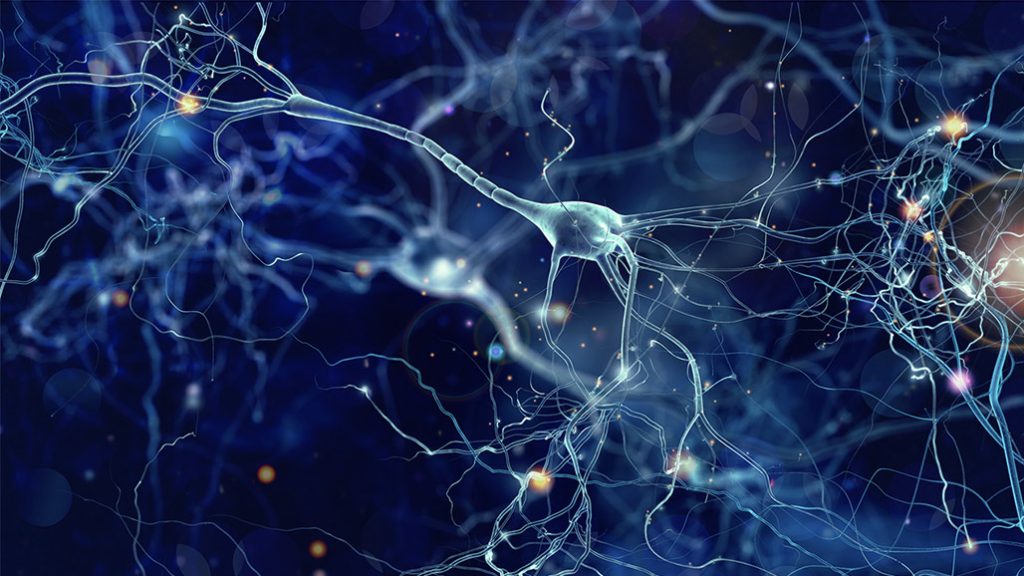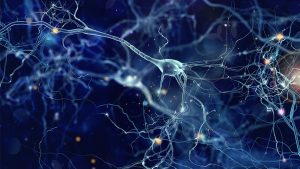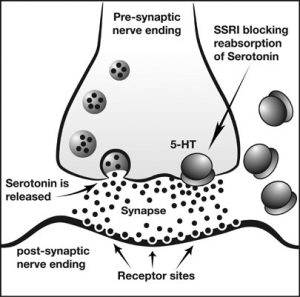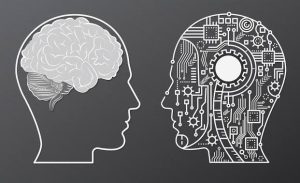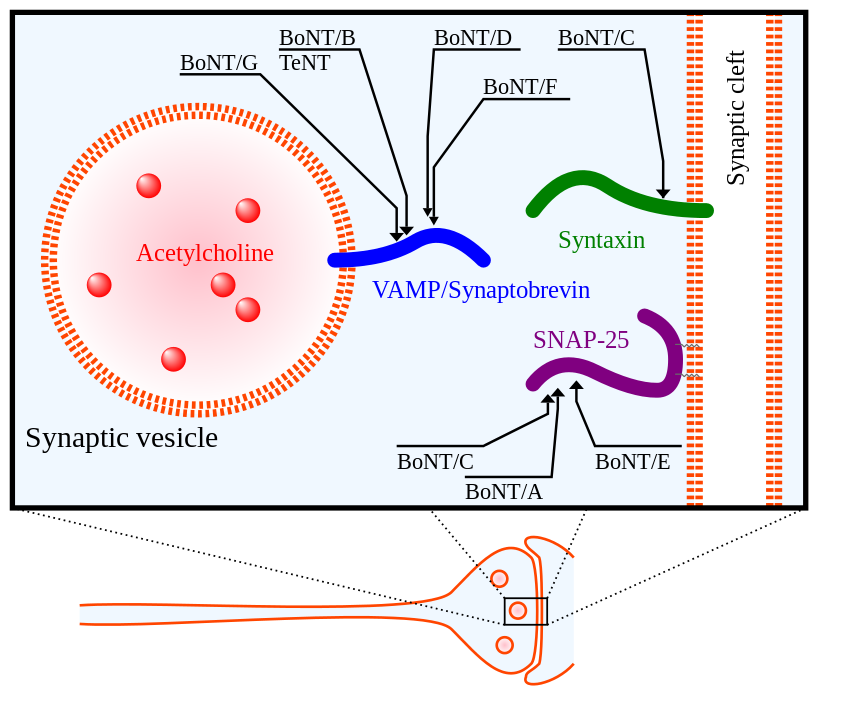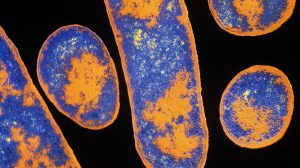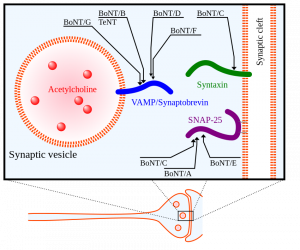 There are millions of women taking steroids every day. But how is this possible? Are they just getting really buff? It feels like we always hear stories about how performance-enhancing drugs, namely steroids, are giving world-class athletes the boost they need to beat out their competition. But women across the globe are taking steroids every day as well, in the form of hormonal birth control. Despite their widespread use, side effects of hormonal contraceptives are largely unstudied, or have been until recently. In the last ten years, several studies have come out about the effect of taking a daily dose of steroids on women’s brains and mental health, which until now has been a severely neglected area where lack of knowledge affects millions of people worldwide.
There are millions of women taking steroids every day. But how is this possible? Are they just getting really buff? It feels like we always hear stories about how performance-enhancing drugs, namely steroids, are giving world-class athletes the boost they need to beat out their competition. But women across the globe are taking steroids every day as well, in the form of hormonal birth control. Despite their widespread use, side effects of hormonal contraceptives are largely unstudied, or have been until recently. In the last ten years, several studies have come out about the effect of taking a daily dose of steroids on women’s brains and mental health, which until now has been a severely neglected area where lack of knowledge affects millions of people worldwide.
People take hormonal birth control, or hormonal contraceptives, for a myriad of reasons, from the obvious (preventing pregnancy) to the not-so-obvious (lessening iron deficiency) and everything in between. This type of medication simply refers to methods of pregnancy prevention that act on the endocrine system. The endocrine system controls growth, development, metabolism, and reproduction via signaling molecules called hormones. Two hormones in particular, estrogen and progesterone, control the menstrual cycle and are therefore the major components of hormonal birth control. Types of hormonal contraceptives come in many forms including the pill, the patch, the implant, injections, and hormonal intrauterine devices or IUDs, but despite the wide variety in the forms this medication takes, all of them contain one or both of these two hormones. As steroids, both estrogen and progesterone affect other body systems besides the reproductive system.
To study the impacts of taking a daily dose of steroids on other areas of the body, specifically the brain, Dr. Belinda Pletzer and her colleagues conducted a study in 2010. The brain is particularly susceptible to change due to an influx of synthetic hormones because it contains a very high quantity of hormone receptors. The brain needs to act as a “sponge” for these molecules since it plays an important role in creating the appropriate responses in the rest of the body. Pletzer’s study investigated how the sponginess of the brain would affect changes in its structure by comparing images of the brains of adult men, adult women during different stages of their menstrual cycle, and adult women taking hormonal contraceptives. To perform this comparison they used a technique called voxel-based morphology on MRIs of study participants (Pletzer et al., 2010). Voxel-based morphology measures differences in the concentration of tissue and the size and shape of different areas of the brain.
plays an important role in creating the appropriate responses in the rest of the body. Pletzer’s study investigated how the sponginess of the brain would affect changes in its structure by comparing images of the brains of adult men, adult women during different stages of their menstrual cycle, and adult women taking hormonal contraceptives. To perform this comparison they used a technique called voxel-based morphology on MRIs of study participants (Pletzer et al., 2010). Voxel-based morphology measures differences in the concentration of tissue and the size and shape of different areas of the brain.
Overall, they found that women taking hormonal birth control had smaller areas of gray matter, or areas of the brain that have a high concentration of the cell bodies of nerve cells, when compared to “naturally cycling women” in both their follicular and luteal menstrual phases (Figure 1). Pletzer’s study also found interesting gendered differences in gray matter volume. While men had greater gray matter overall, the volume of gray matter in the prefrontal cortex, the pre-and postcentral gyri, and the supramarginal gyrus of both naturally cycling women and women taking hormonal contraceptives was higher than the volume of gray matter in these areas in men (Figure 2). 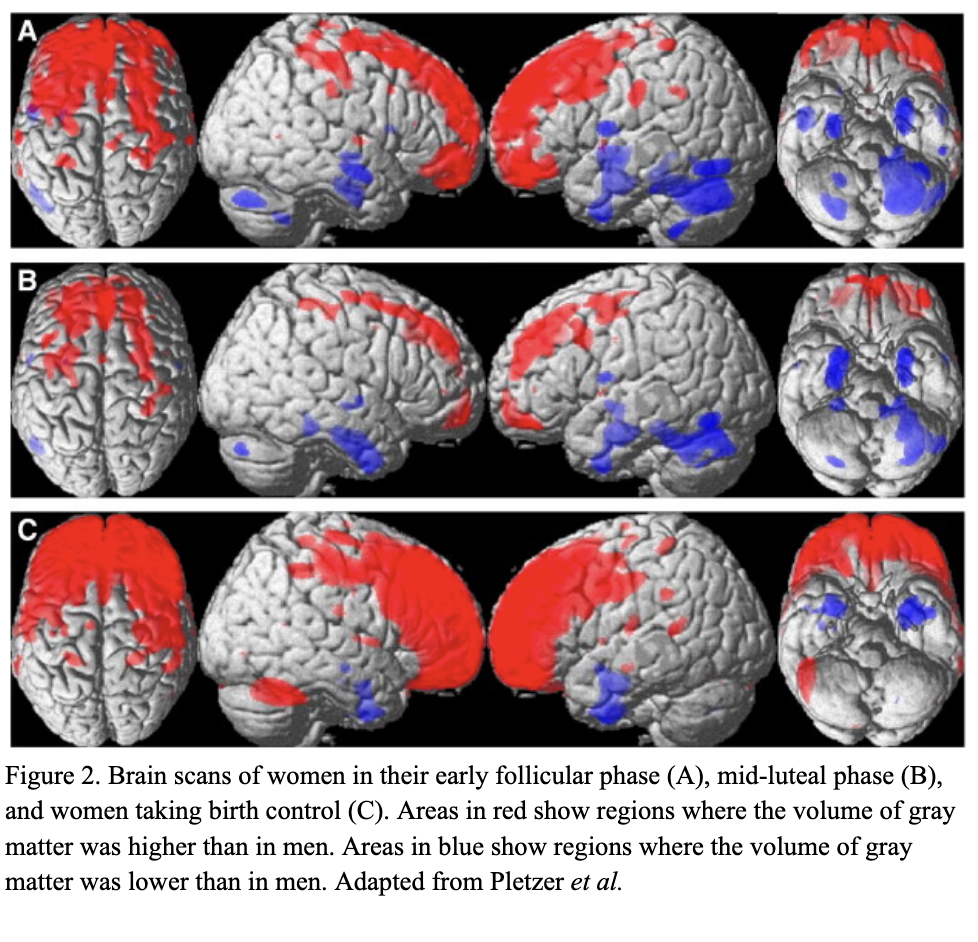 These areas are involved in decision-making and problem-solving, controlling motor function, and emotional responses. However, the higher amount of gray matter in women in these areas was overshadowed by the larger volume of gray matter in men in the hippocampus, hypothalamus, parahippocampal and fusiform gyri, putamen, pallidum, amygdala, and temporal regions of the brain during the early follicular phase (A), mid-luteal phase (B), and in women taking hormonal birth control (C) (Figure 2). Many of these areas of reduced gray matter are ones of high importance for neurophysical ability and mental health.
These areas are involved in decision-making and problem-solving, controlling motor function, and emotional responses. However, the higher amount of gray matter in women in these areas was overshadowed by the larger volume of gray matter in men in the hippocampus, hypothalamus, parahippocampal and fusiform gyri, putamen, pallidum, amygdala, and temporal regions of the brain during the early follicular phase (A), mid-luteal phase (B), and in women taking hormonal birth control (C) (Figure 2). Many of these areas of reduced gray matter are ones of high importance for neurophysical ability and mental health.
Additionally, a study done by Rush University Medical Center showed an association between higher levels of gray matter and better cognitive function (“Everyday Activities Associated with More Gray Matter in Brains of Older Adults”). These findings suggest that taking birth control, and the associated decrease in gray matter, could be directly causing some of the symptoms women on hormonal contraceptives experience, such as brain fog, mood changes, and even anxiety and depression. For example, a smaller hypothalamus, one of the areas of decreased gray matter, is associated with heightened irritability and depression symptoms (“Study Finds Key Brain Region Smaller in Birth Control Pill Users”). Pletzer’s research and the work of others after her on the impact of birth control on structures of the brain represent important first steps in proving a causative relationship between birth control, symptoms associated with it, and structural changes in the brain.
Although this research has made some crucial preliminary steps into researching how taking a daily dose of steroids affects the brains of women taking hormonal contraceptives, the highly complex nature of the brain and its relationship with the regulation of the rest of the body means that further research is necessary. The sheer number of people that this issue affects means that it is essential to continue researching the impacts of this widely used drug. More importantly, knowing the potentially serious negative side effects enables millions of people to make more informed decisions concerning their health and their bodies.
Works Cited
Rush University Medical Center. (2018, February 14). Everyday activities associated with more gray matter in brains of older adults: Study measured amount of lifestyle physical activity such as house work, dog walking and gardening. ScienceDaily. Retrieved March 11, 2023 from www.sciencedaily.com/releases/2018/02/180214093828.htm.
Lewis, C. A., Kimmig, A. C. S., Zsido, R. G., Jank, A., Derntl, B., & Sacher, J. (2019). Effects of hormonal contraceptives on mood: a focus on emotion recognition and reactivity, reward processing, and stress response. Current psychiatry reports, vol. 21, no.11, 2019, p 115. PubMed Central, https://doi.org/10.1007/s11920-019-1095-z.
Meyer, Craig H., Kinsley, Elizabeth A. “Women’s Brains on Steroids.” Scientific American, https://www.scientificamerican.com/article/womens-brains-on-steroids/. Accessed 7 Mar. 2023.
Nemoto, Kiyotaka. “[Understanding Voxel-Based Morphometry].” Brain and Nerve = Shinkei Kenkyu No Shinpo, vol. 69, no. 5, May 2017, pp. 505–11. PubMed, https://doi.org/10.11477/mf.1416200776.
Pletzer, Belinda, et al. “Menstrual Cycle and Hormonal Contraceptive Use Modulate Human Brain Structure.” Brain Research, vol. 1348, Aug. 2010, pp. 55–62. ScienceDirect, https://doi.org/10.1016/j.brainres.2010.06.019.
Sharma, Rupali, et al. “Use of the Birth Control Pill Affects Stress Reactivity and Brain Structure and Function.” Hormones and Behavior, vol. 124, Aug. 2020, p. 104783. ScienceDirect, https://doi.org/10.1016/j.yhbeh.2020.104783.
“Study Finds Key Brain Region Smaller in Birth Control Pill Users.” ScienceDaily, https://www.sciencedaily.com/releases/2019/12/191204090819.htm. Accessed 7 Mar. 2023.
